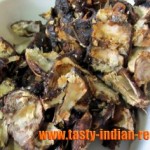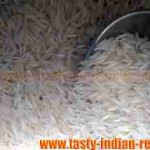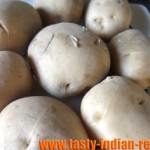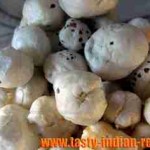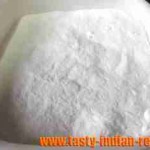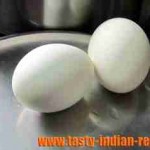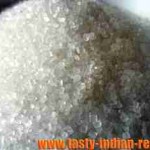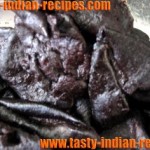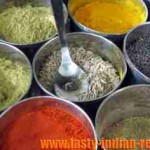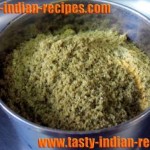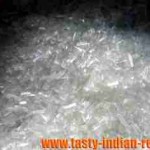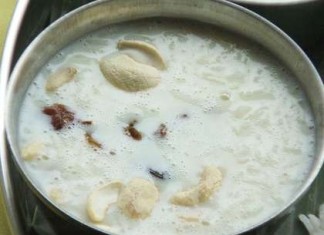Sago is commonly known as sabudana, sabhudhana or sabu dhana. It is a powdery type of starch, which is made from the sago palm. It is the most famous food of low land areas like New Guinea, Moluccas, etc. Those people would love to cook it in the form of pancake with the fish or their favorite meat.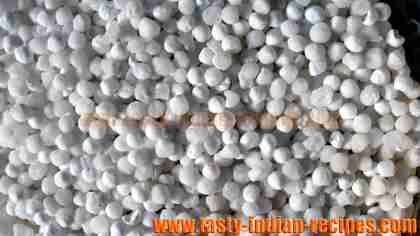
The leaves of sago are pinnate in nature and the sago palms have rapid growth, they grow up to the 1.4 to 1.5 m in vertical stem every year. Generally it grown in the fresh water swamps and low land areas in the tropical side. The stems of sago are comparatively thick and self supportive while going up.
Sago trees are harvested at the age of 7 to 15 years just before they starts becoming flower. At the time of harvesting the stems of the tree are used for flowering and fruiting. The trunks are either cut into sections or divided into small parts and made into halves. The starch of sago can be beaten to extract from the heartwood.
Some people still using the traditional methods, they collect the pats, cut them into halves, extracts the starch and then settles out with water. Each palm yields 150 to 300kg of starch.
Sago are commonly soaked into enough water or in buttermilk for about 3-4 hours and then cooked in spices and peanuts. While selecting the best quality sago, one must take care of some important things and these are, that they must be completely dry, white and uniform like pearls. Sago comes in small, medium and large grades. Always avoid buying yellowish or creamy colored sago.
Sago is easily available at every grocery store. Make sure to verify the fresh stock in the shop and check out the labeling and manufacturing and expiry dates carefully.
USES:
- Sago are highly used at the times of keeping fast in India.
- People like sago kheer, that is the special Punjabi delicacy, soaked sago is cooked in boiling milk and sugar and turns into delicious sago kheer or pudding.
- You can make sago cutlets by just mixing the boiled potatoes, soaked sago and spices.
- Sago is highly cooked with the roasted peanuts, they are flavorful and makes a delicious fast recipe.
- It is very important, that never over-soak the sago else they turn into sticky paste, which will not be of any use.
- Sago is used in large amount in Indian cooking, especially as a light-meal choice for Ekadasi grain-fasting days.
- You can make variety of North and west Indian recipes as the fasting dishes, like sabudana khichadi, sabudana vada and sabudana cutlets.
- Sago are commonly used in South India to make small pappadam wafers, sabudana vada and delicious and mouth-watering dessert called sabudaha kheer or payasam.
STORAGE:
- Sabudana should be kept in dry and air tight container.
- Always buy as per your need and requirement.
- Never mix the old and new stock of sago.
- Always keep it away from the moisture, because even the little amount of water can mess them and thereby sago becomes soggy and unacceptable.
- If you are storing it well, then it can long last for many weeks or even for months.
BENEFITS:
- Sago contains pure carbohydrate, hence it has a good amount of protein, vitamins, or minerals.
- Sago is enriched with addition of other healthy food options, such as groundnuts, vegetables, milk and many more.
- They are good and healthy at the time of fasting.
- They provide sufficient energy during the fasting.
- Kids can get the good amount of vitamins, proteins, iron and minerals from sago kheer.

